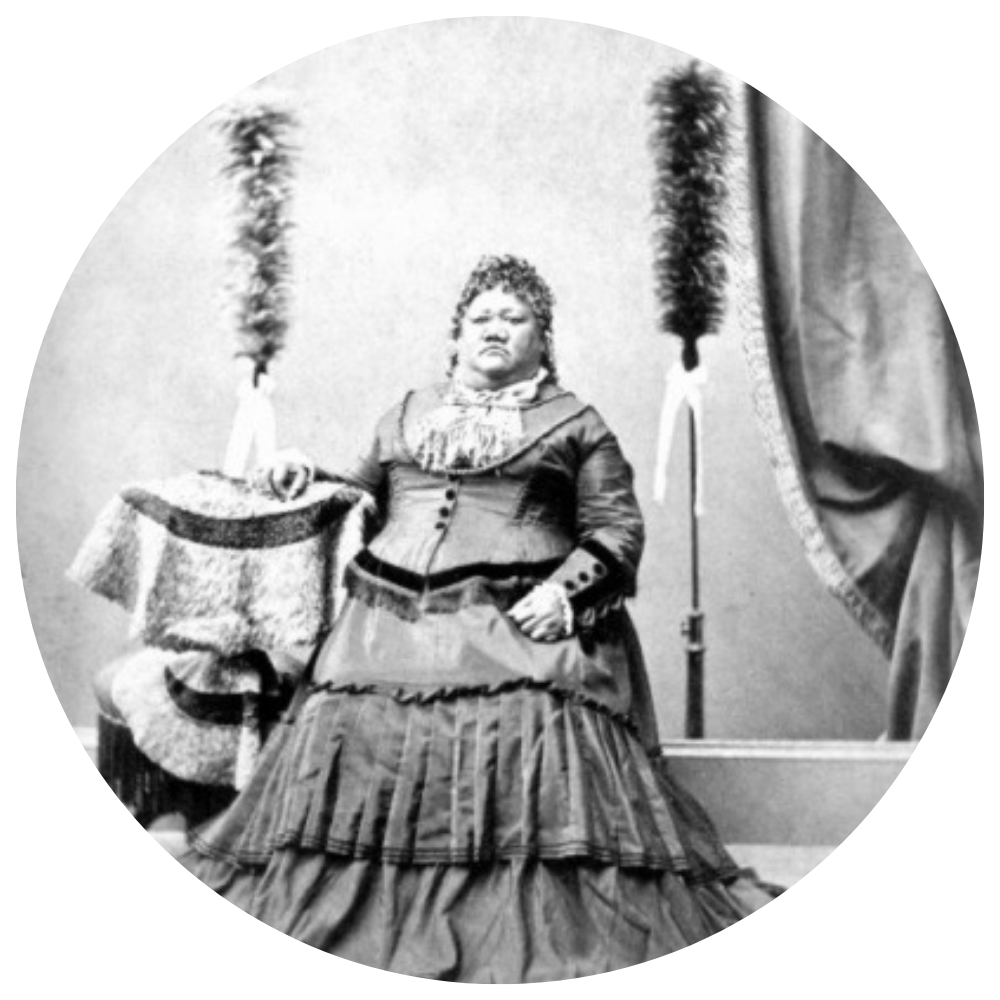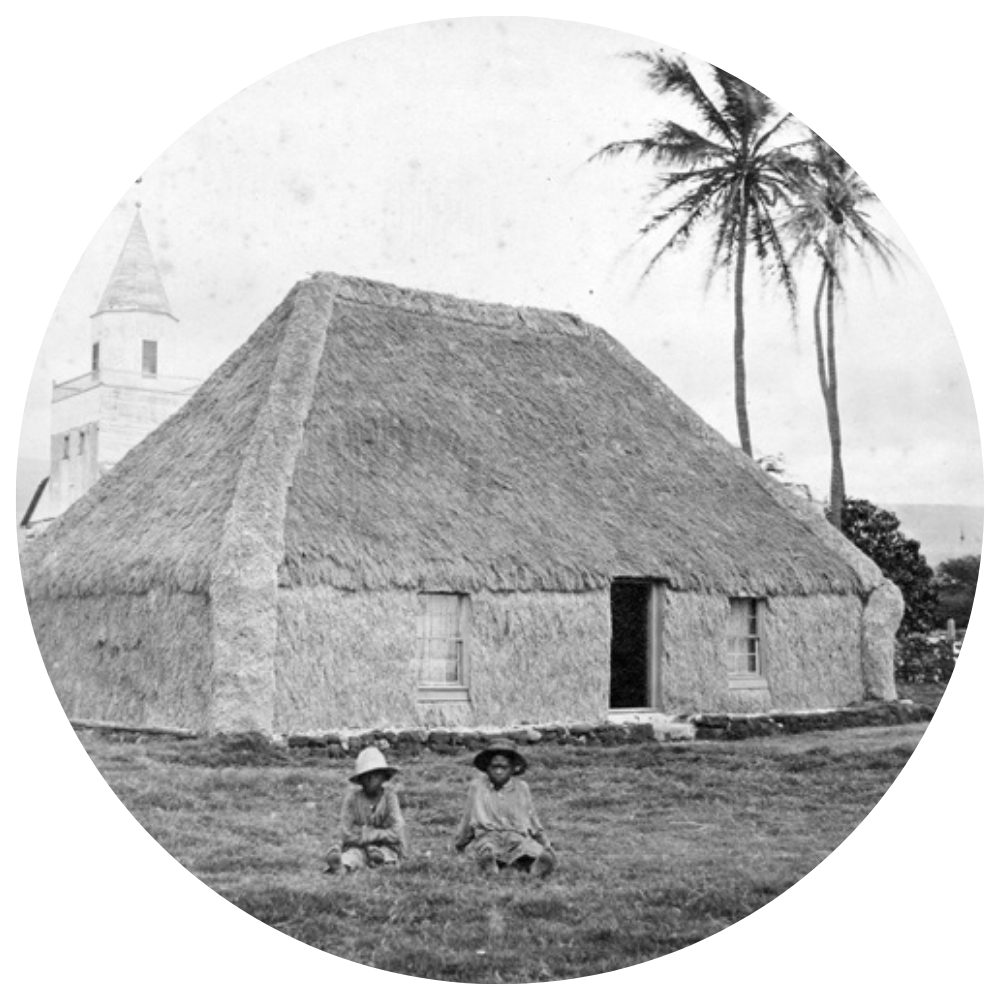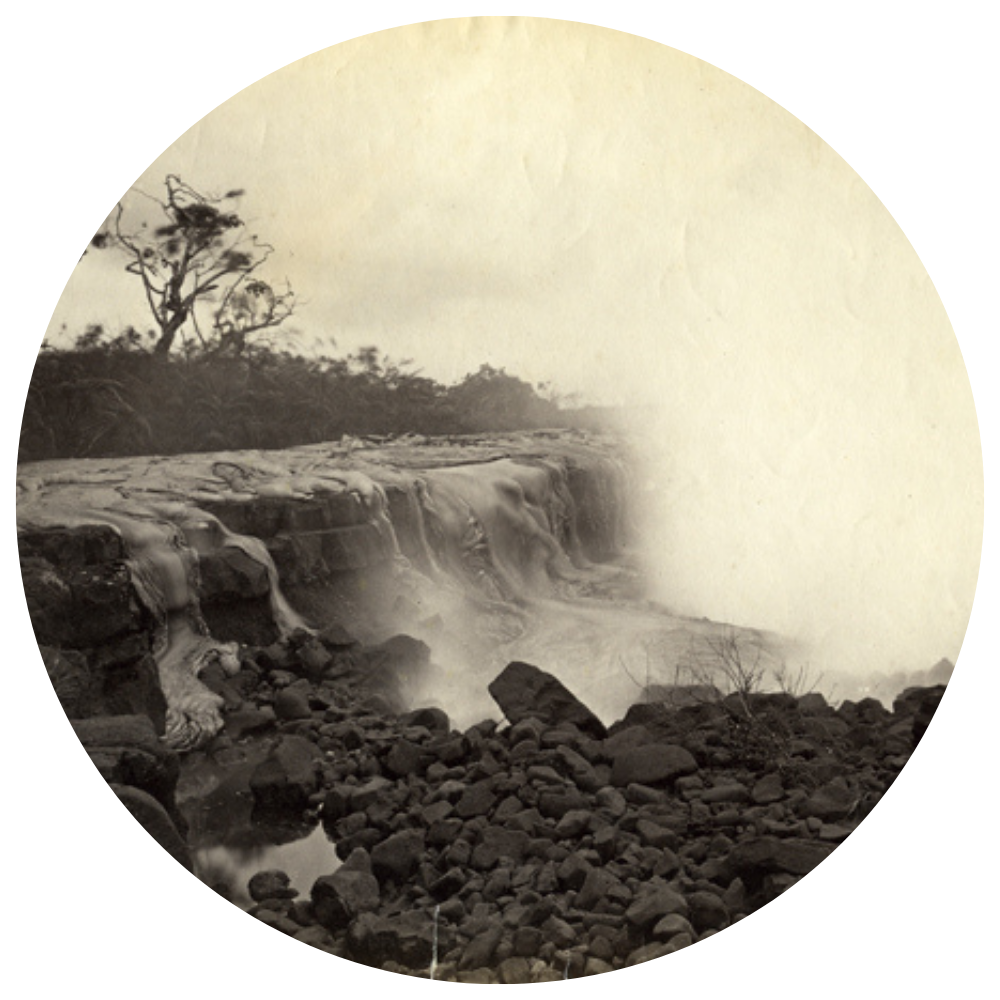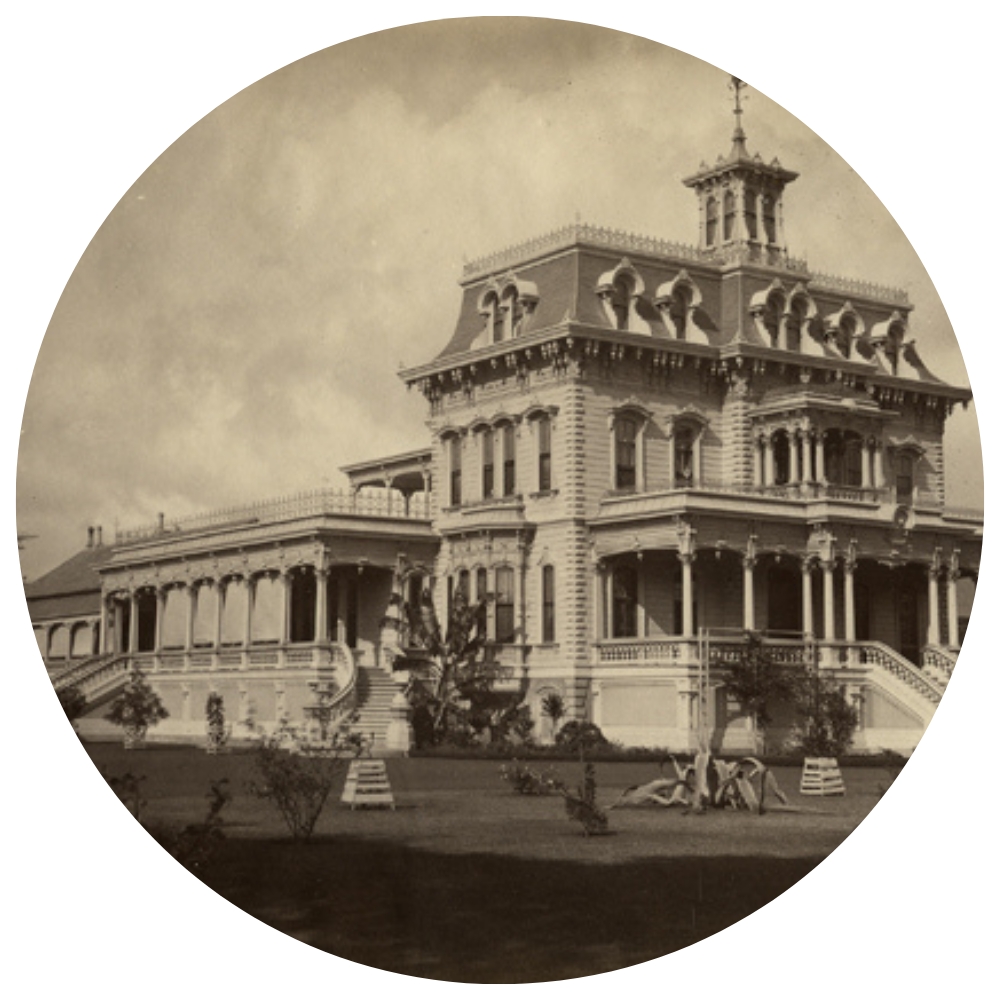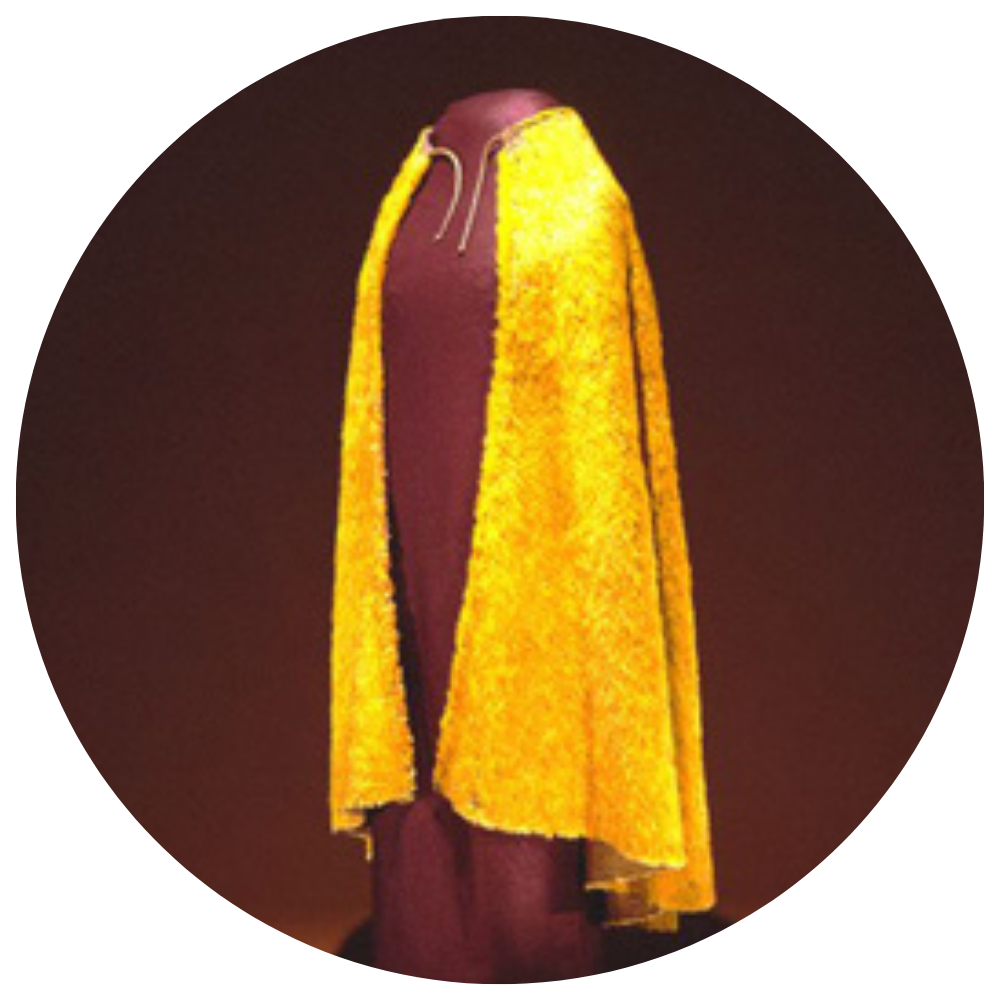Pā Kiʻi of Princess Ruth Keʻelikōlani

Historians have often rightfully described the 1820’s as a decade of tremendous change in Hawai‘i. With the death of Kamehameha I and the overthrow the ‘aikapu leading into the decade, and the arrival of Protestant missionaries in April 1820, this time period became one of great transformation for Native Hawaiians. But Kānaka Maoli also had staunch defenders of the traditional ideas of pono (balance). Born into this “decade of change” in February 1826, was Luka Ke‘elikōlani Keanolani Kanāhoahoa. As the daughter of Ali‘i nui Kekūanāo‘a and Kalanipauahi, Princess Luka (Ruth) had powerful genealogies on both sides of her family.
Her mother Pauahi died during childbirth, and Luka was raised by the Kūhina Nui and wife of Kamehameha I, Ka‘ahumanu. As a high-ranking ali‘i wahine and descendant of Kamehameha I, Luka was educated at the Chiefs’ Children’s School, where she learned, among other things, the English language and tenants of Christianity.
Her high rank meant significant appointments in the government of the Kingdom. Princess Ruth served on the Privy Council and later in 1855 was appointed Governess of Hawai‘i Island. She was a very strong-willed woman and as she witnessed continued attacks on native traditions printed in the newspapers and mission press, she fought back with equally strong statements. Although her mission education meant that she understood English, she staunchly refused to do business in anything other than her Native ‘Ōlelo Hawai‘i. Those who could not speak Hawaiian were required to use an interpreter. The Princess owned a large and stately modern home in Kailua, Kona but preferred to reside in her grass house that stood on the same property. The pā ki‘i, a wooden meat platter held by the museum, was one of the ancient symbolic items passed to and preserved by Ruth. Luka also continued many of the ancient traditional religious rites. This adherence to the ways of her ancestors brought great admiration from many maka‘āinana.
When Madame Pele threatened the town of Hilo with a voracious lava flow in 1881, the people asked Ke‘elikōlani to intercede. The Hawaiian-language newspaper Ko Hawai‘i Pae Aina published a letter with the heading “Ka Pele ai Honua ma Hilo” (Pele, devourer of land at Hilo) that describes the immediate danger, “Hapalua Mile ka Mamao mai ke Koana aku” (the distance from town being only one half mile). Ke‘elikōlani offered traditional oli (chants) and ho‘okupu (tribute) to Pele and later reportedly camped at the foot of the flow. The flow stopped just short of town.
As the half-sister of Kamehameha IV and V, Ke‘elikōlani inherited the vast tracts of land that were passed down through the Kamehameha family. Combined with the lands that she owned from her marriage to Isaac Davis, by the 1870’s Princess Ruth was one of the largest landholders in the kingdom. She was very close to her cousin Princess Bernice Pauahi and when her son by Davis, Keolaokalani, was born, she gave the child to Bernice to raise. Upon her death on May 24, 1883, the majority of her vast estate was bequeathed to Pauahi. The bulk of these lands would come soon afterwards, at the death of Bernice, to be the Bishop Estate Trust, from which came the Kamehameha Schools. With this foresight, Ke‘elikōlani, even after her death, continued to fulfill her traditional kuleana as ali‘i nui by providing for her people. Her people in turn continue to honor her memory with love and respect. In 1997, the new Ka Haka ‘ula o Ke‘elikōlani College of Hawaiian Language at U.H. Hilo was named in her honor.
Location: Bishop Museum
Collection: Princess Ruth Ke‘elikōlani
Artifact Number: 408


